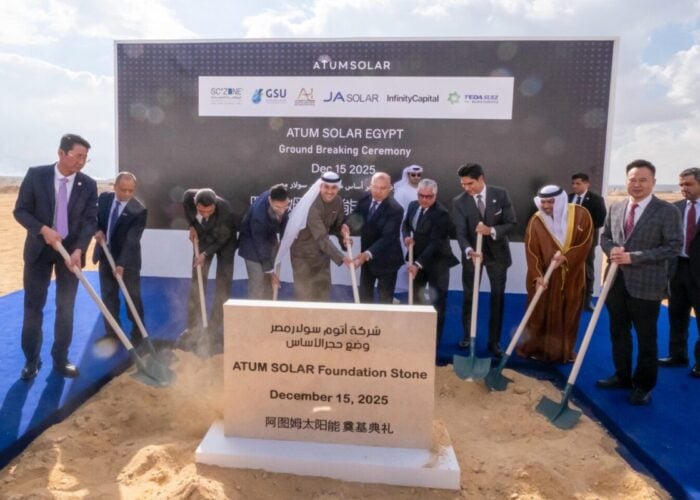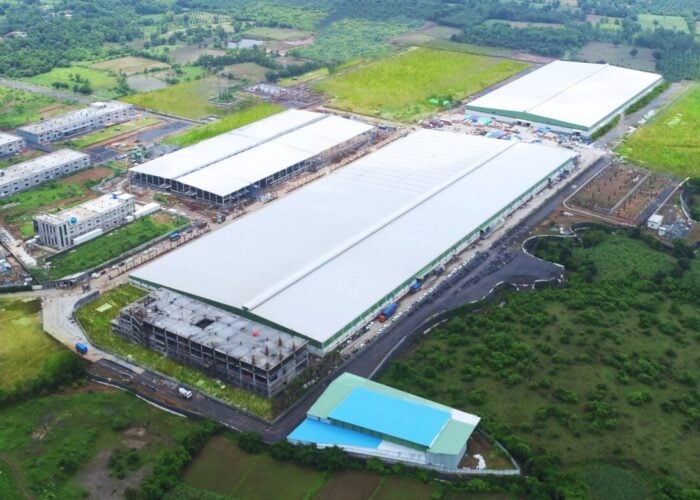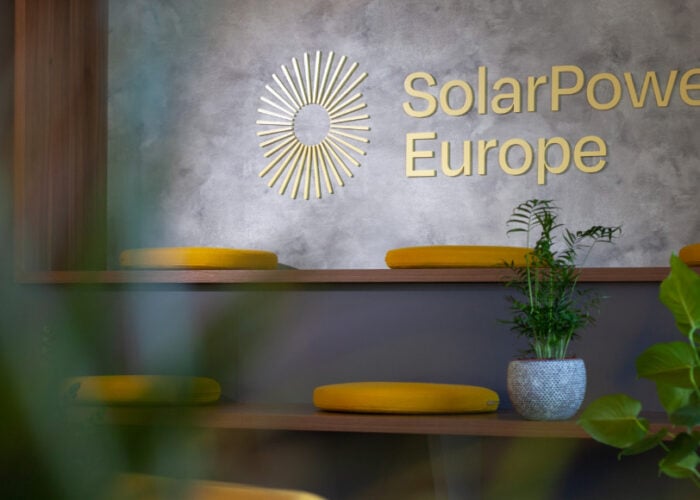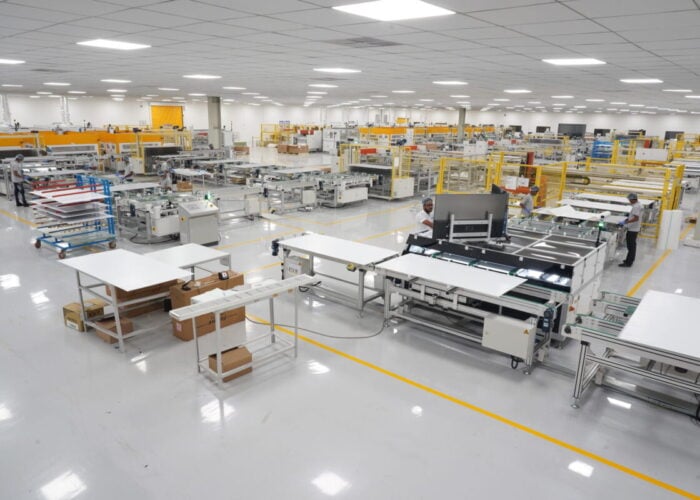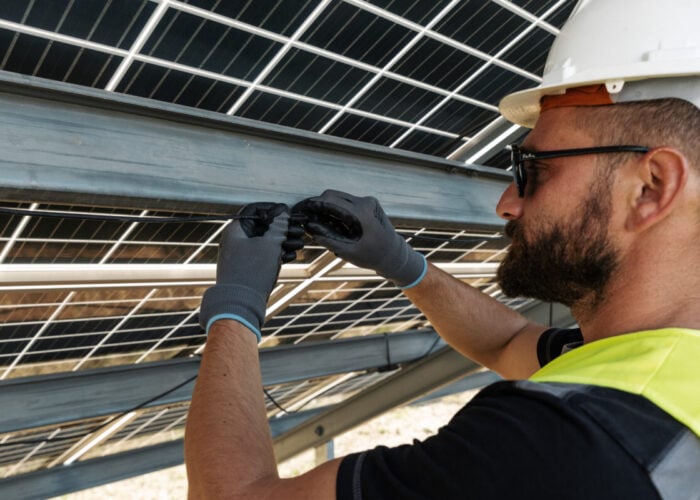
JinkoSolar has showcased its forthcoming ‘Tiger’ solar module at All-Energy Australia event, held in Melbourne, Australia in late October 2019. The Tiger module has a conversion efficiency of 20.78% and can generate up to 460Wp of power output, which is suitable for both utility-scale and rooftop markets, globally. The Tiger module series will be available in both mono & bifacial options.
Problem
Try Premium for just $1
- Full premium access for the first month at only $1
- Converts to an annual rate after 30 days unless cancelled
- Cancel anytime during the trial period
Premium Benefits
- Expert industry analysis and interviews
- Digital access to PV Tech Power journal
- Exclusive event discounts
Or get the full Premium subscription right away
Or continue reading this article for free
The global PV market is rapidly shifting towards high-performance modules to reduce system costs. Customers demand high power output and high efficiency modules to save on initial upfront capital investment. In addition, considering the energy gain from bifacial modules coupled to single-axis trackers, project owners can significantly lower the LCOE (Levelized Cost of Electricity) as the downstream PV market becomes subsidy free.
Solution
The new Tiger module combines the half-cut cell design to reduce cell current mismatch and ribbon power losses. In addition, 9-Busbar technology and Tiling Ribbon (TR) technology reduces the distance between the main busbar and finger grid lines, which decreases the resistance loss and increases power output and efficiency of the module. The Tiger series has several different options for both utility scale project and DG market. The mono-facial Tiger module has a power output up to 460Wp from a module efficiency of 20.78%. In addition, JinkoSolar has also a small type mono-facial Tiger and the power output should be 390Wp. For the DG market, JinkoSolar can produce an all black series to further enhance the design’s aesthetics. The bifacial Tiger module will be available with a power output of 455Wp with a module conversion efficiency of 20.06%. Bi-facial Tiger module could match transparent backsheet very well to keep it as light as mono-facial module.
Applications
Utility-scale PV and DG markets.
Platform
The Tiger module also includes the special TR ribbon with better suppleness to ensure the reliability for the cell overlap area. Specially made EVA/POE is applied with higher gram weight that fills the overlapping region that is said to give an excellent buffering effect to ensure the reliability. There are 3 key benefits characterizing half-cell technology which includes a reducing internal resistance to increase power output. They also improve shading tolerance to achieve higher power output and reduce hot-spot issues. Half-cell technology also has lower working temperature to generate more energy.
Availability
The Tiger module series will be available in both mono & bifacial options starting in the first half of 2020.



